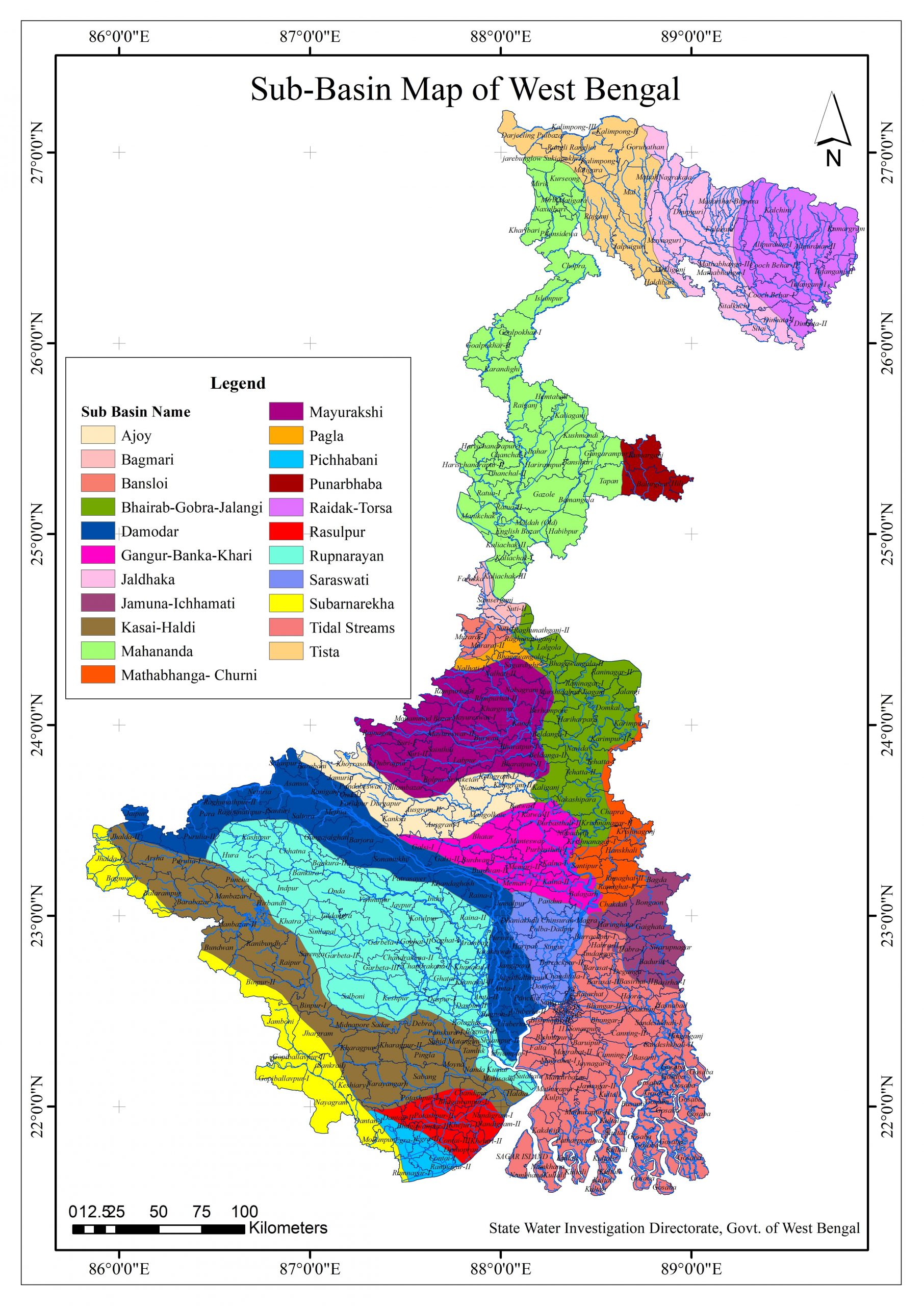July 11, 2023

West Bengal, a state in eastern India, has several major aquifers that play a crucial role in the region’s water resources. The groundwater scenario in West Bengal, India, is influenced by various factors, including geology, hydrological conditions, rainfall patterns, and human activities. WB is primarily located in the Gangetic Plain, which is known for its fertile soil and abundant groundwater resources. Here is an overview of the groundwater scenario in West Bengal:
Alluvial Plains: The majority of West Bengal’s groundwater resources are found in the vast alluvial plains formed by the Ganges, Brahmaputra, and other rivers. These alluvial aquifers generally have good groundwater potential and serve as important sources of water for irrigation, drinking water, and industrial use.
Groundwater Availability: The availability of groundwater in West Bengal varies across different regions. The northern parts of the state, such as Malda, Murshidabad, and parts of North 24 Parganas, have relatively higher groundwater potential. In contrast, the southwestern parts of the state, including Purulia, Bankura, and parts of Birbhum, have limited groundwater availability due to the presence of hard rock formations.
Overexploitation: In certain areas, excessive groundwater extraction has led to overexploitation of aquifers, resulting in declining groundwater levels and deteriorating water quality. Overexploitation is particularly observed in parts of North 24 Parganas, Kolkata, and the coastal regions, where rapid urbanization, industrialization, and intensive agriculture contribute to high water demand.
Saline Water Intrusion: Coastal areas of West Bengal, including the Sundarbans delta, face challenges of saline water intrusion into freshwater aquifers. The ingress of saltwater is primarily driven by factors such as excessive groundwater extraction, sea-level rise, and reduced freshwater flow from upstream due to dam construction and river diversions. Saline water intrusion affects the availability and quality of groundwater in these areas.
Water Quality Concerns: Water quality issues are prevalent in various parts of West Bengal, including high iron content, arsenic contamination, and presence of other contaminants. Arsenic contamination, in particular, is a significant concern in many districts, such as Malda, Murshidabad, and Nadia. The government and other organizations have undertaken measures to provide safe drinking water alternatives in affected areas.
Government Initiatives: The Government of West Bengal has implemented several initiatives to address groundwater-related challenges. These include the promotion of rainwater harvesting, regulation of groundwater extraction through licensing, implementation of artificial recharge measures, and programs for sustainable groundwater management.
It is important to note that groundwater conditions can vary within different parts of West Bengal, and localized studies and assessments are crucial for understanding the specific groundwater situation in a particular area. Local hydrogeological investigations and expert guidance are essential for sustainable management and utilization of groundwater resources in the state.